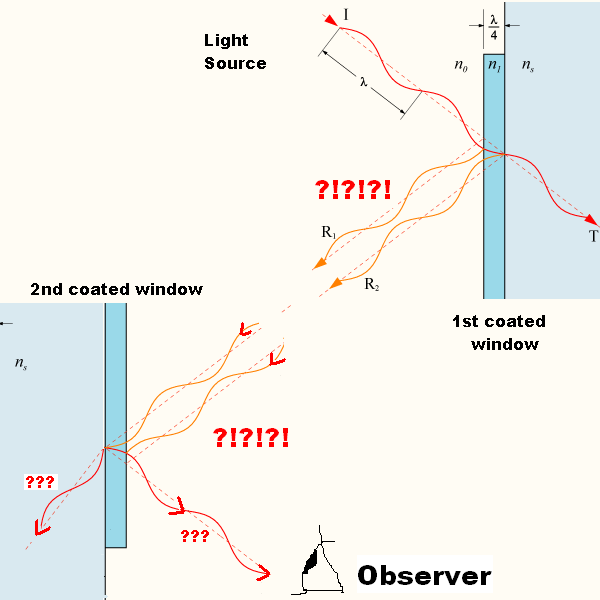I think that to really understand this, you have to abandon the idea that there are individual, separate electromagnetic waves. In reality, there's just one global electromagnetic field, $\bigl(\mathbf{E}(\mathbf{x}),\mathbf{B}(\mathbf{x})\bigr)$. It evolves in space and time in a manner determined by Maxwell's equations.
For certain configurations of the EM field - specifically, those with 2D translational symmetry - the evolution described by Maxwell's equations results in the shape of the field propagating in one direction. It's much like the way waves on the ocean (normally) propagate across its surface in one direction, without changing their shape. For this reason, we call these configurations of the EM field "plane waves." This is the sort of wave most people usually think of when they imagine a light wave. The key point, though, is that the idea of propagating plane waves really only arises in one particular case: when you have an isolated, 2D-symmetric EM field configuration. In general, the way the field evolves in time and space is more complicated than simple directional propagation, so in general, you can't always think of the field evolution as a wave.
In the case of reflection specifically, even just reflection from a single surface, what this means is that the model of the incident wave reflecting off the boundary to produce a separate reflected wave is too simplistic. A more realistic description would be that the EM field has to satisfy specific conditions at the boundary between the surfaces, and that the only way to do this is for the field on the side of the incident wave to take a different value than it would have based on the incident wave alone. The difference between the actual field and the field that would be produced by the incident wave alone is called the reflected wave, because if you shut off the incident wave and wait a long time, you'll wind up with a simple plane wave propagating backwards away from the boundary.
The same holds true (i.e. the wave description is too simplistic) for double reflection with thin film interference; in fact, even more so, because it's a more complicated system. In this case, if you have a particular relationship between the distances and frequencies involved, you can arrange it so that the boundary conditions are satisfied by the incident wave alone, so there's no "extra" contribution to the field to be considered a reflected wave. Or in other words, if you shut off the incident wave and wait a long time, you will wind up with nothing propagating backwards, and thus we say that there is no reflected wave.




